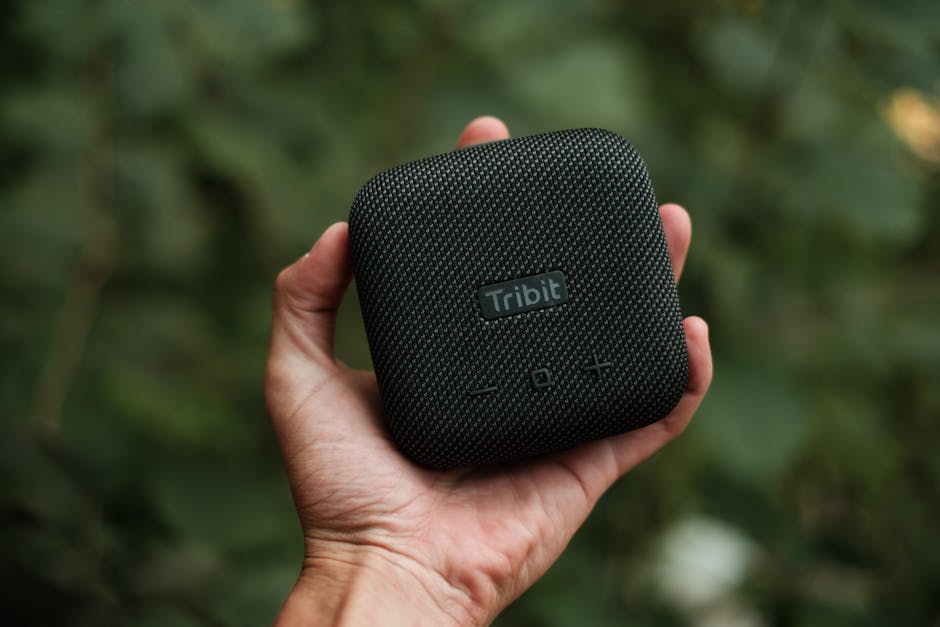All products featured on WIRED are independently selected by our editors. However, we may receive compensation from retailers and/or from purchases of products through these links. Learn more.
While Apple is very keen that its macOS software is only ever run on Macs, there are numerous options for doing the opposite and running Windows on Apple computers. If you’re a developer, or need access to both Windows and Mac apps, or simply want the flexibility of two operating systems, this isn’t too difficult to set up with the right tools.
The option we’ll cover here is Parallels Desktop for Mac. This is certainly not the cheapest of your options, but it is fully authorized and legal, as well as being reliable, straightforward, and backed up with regular updates and customer support. It’s one of those cases where, we believe, it’s worth the investment.
Getting Started
David Nield
To get up and running, you just need a Mac with an internet connection. There are a handful of minimum requirements, but mostly you’ll want to be sure you have at least 4 GB of RAM and at least 16 GB free for the Windows installation—Parallels itself is 600 MB.
Head to the Parallels website, and you’ll see you can try out Parallels Desktop for Mac for free for 14 days. If you do decide it’s worth paying for, the standard subscription that’s suitable for most individuals (rather than businesses) will set you back $100 per year.
Follow the link to download the software, and once it’s installed on macOS, you’ll be taken through the setup process. Along the way, you’ll be prompted to download and install Windows 11, which is quite a hefty download: Click the Install Windows button to initiate the process.
Parallels sets up a virtual machine on your Mac, then installs Windows inside it—you’re essentially installing the operating system as an app, rather than a fundamental layer, so as soon as Parallels is closed (or is uninstalled), Windows goes away with it. Virtualization software like this can cause performance issues and sluggishness, but these issues are thankfully minimized with Parallels.
After Windows is successfully downloaded and installed, the next step is to activate it. This involves paying for a Windows 11 Pro licence, which at the time of writing will set you back $200. To legally use and operate Windows, you need to buy a license for it inside Parallels, even if you already have the operating system installed on other computers.
During the license purchase and activation process, you’ll need to sign in with your Microsoft account (or sign up for one, if you haven’t already). This gives you the opportunity to sync across files from any other Windows PCs you might have, which you can manage from Accounts > Windows backup in Settings.
With all the preparation work taken care of, running Windows on macOS is as simple as launching Parallels Desktop for Mac. You can use Windows in full screen mode, or as a windowed app that behaves in a similar way to other macOS apps, and Parallels makes sure that you can use your Mac’s keyboard and trackpad (or mouse) to control Microsoft’s operating system.
Key Features
David Nield
If you’ve used Windows before, you’ll be right at home using it inside Parallels Desktop for Mac: It’s essentially the same as using it on a PC, except you’re running it inside an app. For the best experience, go into full screen mode: You can do this by clicking on the green circle in the top left corner of the window, or by choosing View > Enter Full Screen from the program menus.
That same View menu also has an Enter Coherence option you can select. This mode lets you run applications inside the Windows environment as if they were Mac apps. So if you launch Windows Notepad or Paint, for example, they’ll appear as apps in the Mac dock, and you can use them right alongside your macOS programs. It’s handy if you just want to use a select number of Windows apps on macOS, rather than the whole operating system. To exit out of the mode, choose View > Exit Coherence from any Windows app.
Parallels can help with Windows keyboard shortcuts.David Nield
One aspect of Windows on macOS you may struggle with initially is keyboard shortcuts: Mac keyboards are substantially different from Windows PC keyboards (you don’t have the Alt key or the Windows key, for example). If you open the Devices menu and choose Keyboard, there are quick links to a lot of common Windows keyboard shortcuts. Click Customize and you can create your own shortcuts too.
Transferring files between Windows and macOS isn’t difficult. You’ll see there’s a Mac Files folder on the Windows desktop by default: Click this to get at the main folders on your macOS system drive. If you need these files in the Windows environment, you can just drag and drop them into place, or manipulate them with the usual File Explorer commands. Files can be moved in the opposite direction in the same way.
You can still get at your macOS files through Windows.David Nield
Open up the File menu, and you can jump straight to key destinations inside Windows, including the Device Manager and the Task Manager. Via the Actions menu, you can put Windows to sleep, restart the virtual PC, and launch Travel Mode, which goes easier on battery life. Note that Windows will automatically be put into a pause state when you head back to macOS and your Mac apps.
To configure Parallels Desktop for Mac, open up Actions and choose Configure. A wealth of options are available here, covering everything from how Windows is optimized to security features. (You can have a password prompt every time Windows is launched, for example.) You can also change the size of the virtual hard disk Windows is on, via the Hardware tab.



